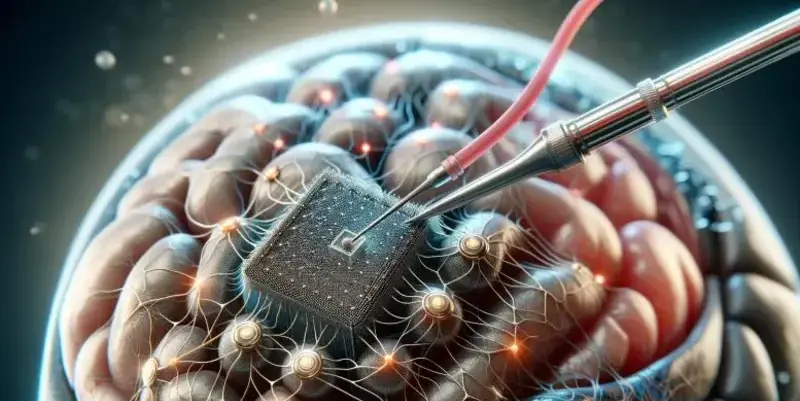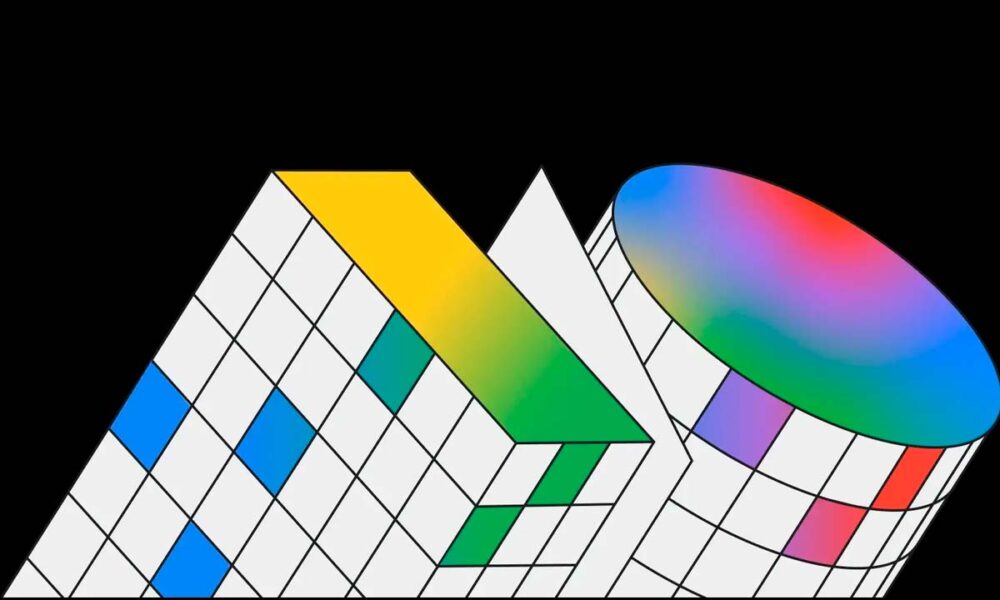The groundbreaking graphene neurotechnology developed by ICN2 and collaborators promises transformative advances in neuroscience and medical applications by demonstrating high-precision neural interfaces and targeted neural modulation.
A published study Nature Nanotechnology, It offers an innovative graphene-based neurotechnology with the potential for transformative impact in neuroscience and medicine. This research, carried out by the Catalan Institute of Nanoscience and Nanotechnology (ICN2) together with the Autonomous University of Barcelona (UAB) and other national and international partners, is currently being developed for therapeutic applications through its subsidiary INBRAIN Neuroelectronics.
Key features of graphene technology
After years of research as part of the European Graphene Flagship Project, ICN2, in collaboration with the University of Manchester, has led to the development of EGNITE (Engineered Graphene for Neural Interfaces), a new class of flexible, high-precision implantable graphene-based neurotechnology. . Results recently published Nature Neurotechnology, We aim to contribute to the development of neuroelectronics and brain-computer interfaces through innovative technologies.
EGNITE is based on its inventors’ extensive experience in the production and medical translation of carbon nanomaterials. This innovative technology based on nanoporous graphene combines standard manufacturing processes in the semiconductor industry to assemble graphene microelectrodes as small as 25 µm in diameter. Graphene microelectrodes exhibit low impedance and high charge injection, which are important properties for flexible and efficient neural interfaces.
Preclinical testing of functionality
Preclinical studies conducted by various neuroscience and biomedical experts collaborating with ICN2 using various models of both central and peripheral nervous systems have demonstrated EGNITE’s ability to record high-quality neural signals with exceptional clarity and sensitivity and, importantly, clear target directionality of neural modulation. The unique combination of high-precision signal recording and precise nerve stimulation offered by EGNITE technology is a potentially critical advance in neuroelectronic therapy.
This innovative approach addresses a critical gap in neurotechnology, where little progress has been made in materials in the past two decades. Development of EGNITE electrodes could bring graphene to the forefront of neurotechnological materials.
International cooperation and scientific leadership
The technology presented today builds on the legacy of the Graphene Flagship, a European initiative over the last decade aimed at advancing Europe’s strategic leadership in technologies based on graphene and other 2D materials. Behind this scientific breakthrough is a collaborative effort led by ICN2 researchers Damia Vian (now at INBRAIN Neuroelectronics), Steven T. Wolston (now at USC), and Eduardo Masvidal-Codina, led by ICREA José A. Garrido, Advanced Electronics Group Leader. there is. Materials and ICN2 devices as well as ICREA Kostas Kostarelos, head of the ICN2 Nanomedicine Laboratory and Faculty of Biology, Medicine and Health, University of Manchester (UK). Xavier Navarro, Natalia de la Oliva, Bruno Rodríguez-Meana and Jaume del Valle from the Institute of Neurosciences and the Department of Cell Biology, Physiology and Immunology of the Autonomous University of Barcelona (UAB) participated in the research.
The collaboration includes contributions from leading national and international institutions such as the Barcelona Institute of Microelectronics – IMB-CNM (CSIC), the National Graphene Institute in Manchester (UK) and the Grenoble Neuroscience Institute – University of Grenoble-Alpes (France). ) and the University of Barcelona. Integration of the technology into standard semiconductor manufacturing processes, CIBER researcher Dr. It was carried out at the IMB-CNM Micro and Nanofabrication Clean Room (CSIC) under the direction of Havi III.
Clinical translation: next steps
EGNITE technology described in the article Nature Nanotechnology, Patented and licensed by INBRAIN Neuroelectronics, the Barcelona branch of ICN2 and ICREA, with support from IMB-CNM (CSIC). The company, which is also a partner in the flagship Graphene project, is pioneering the application of the technology to clinical applications and products. Led by CEO Carolina Aguilar, INBRAIN Neuroelectronics is preparing for the first human clinical trials of this innovative graphene technology.
The industrial and innovation environment of semiconductor technology in Catalonia, where ambitious national strategies plan to build modern facilities for the production of semiconductor technologies based on new materials, offers an unprecedented opportunity to accelerate the translation of such results presented today into clinical practice. programs.
Article Nature Nanotechnology It describes an innovative graphene-based neurotechnology that can be scaled using established semiconductor manufacturing processes while maintaining the potential for transformative impact. ICN2 and its partners continue to develop and refine the described technology with the aim of turning it into a truly effective and innovative therapeutic neurotechnology.













